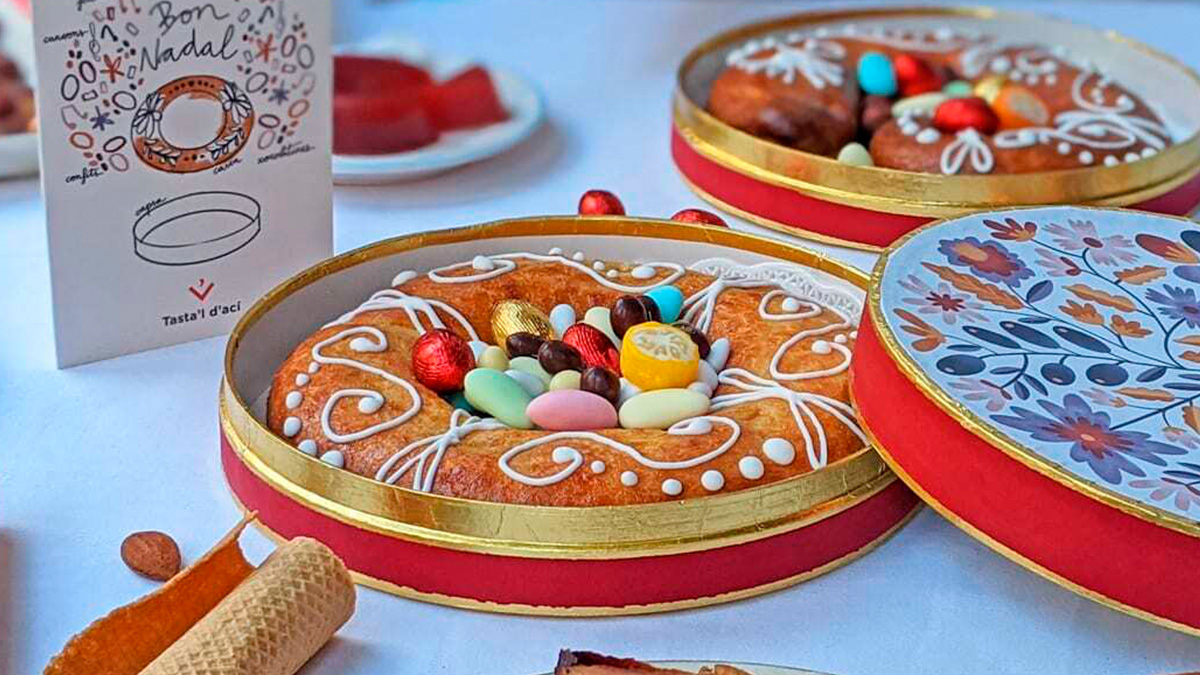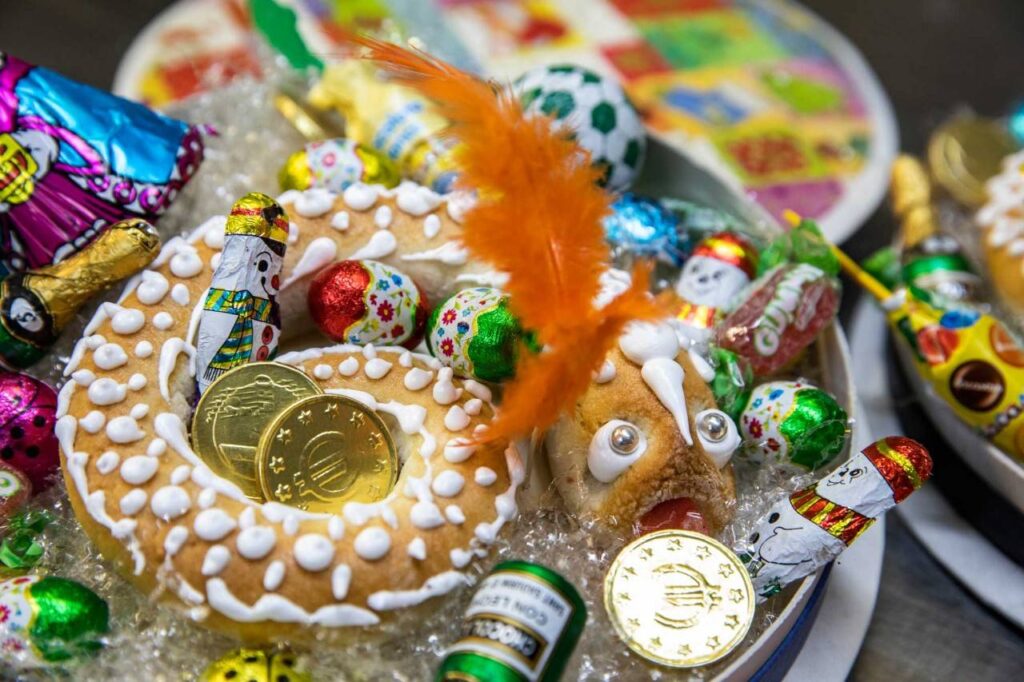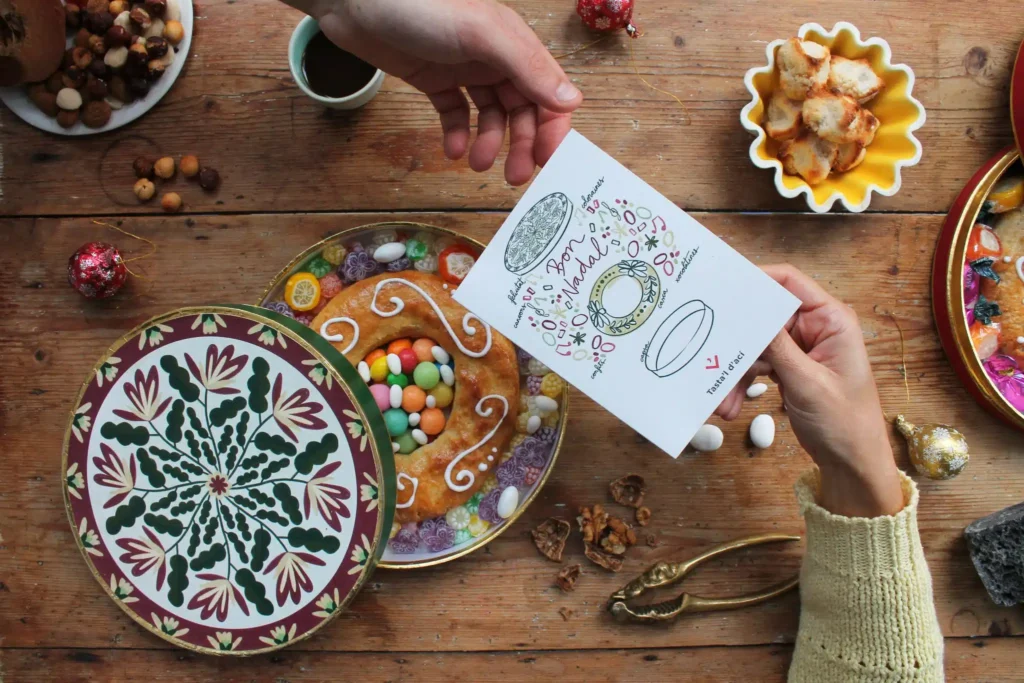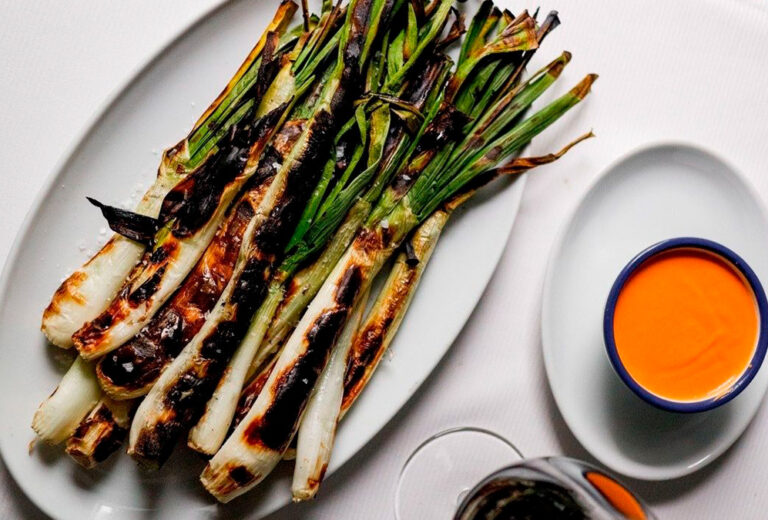Click here to read the Spanish version.
The ‘casca de los Reyes’ is presented as the alternative ‘roscón de Reyes’, a popular dish in Valencian and Mallorcan cuisine. However, it has little or nothing to do with the classic roscón we all know.
This magical creation with a marzipan base, which is also eaten on Three Kings’ Day, is made with sweet potato or ground almonds, sugar, eggs and can be filled with candied egg yolk, sweet potato or pumpkin.
It can also be accompanied by cinnamon, orange or lemon zest or meringue, and can be shaped like a doughnut, dragon or snake. However, always in a circular shape.
Tradition
This traditional sweet was born in medieval times, specifically in the first recipe book printed in Valencia in 1520, the Llibre de Coch, where the original recipe is recorded. In this case, the medieval recipe used hazelnuts, fried almonds and a few pine nuts made by casqueteres who sold the sweet in Valencia.
Over the years, the casca has evolved and been reinterpreted so that godparents, grandparents or uncles and aunts could give them to their godchildren as a way of celebrating a special day such as First Communion or Easter. Although it is and will always be mostly known for being given as a gift on Christmas Eve or Epiphany.







